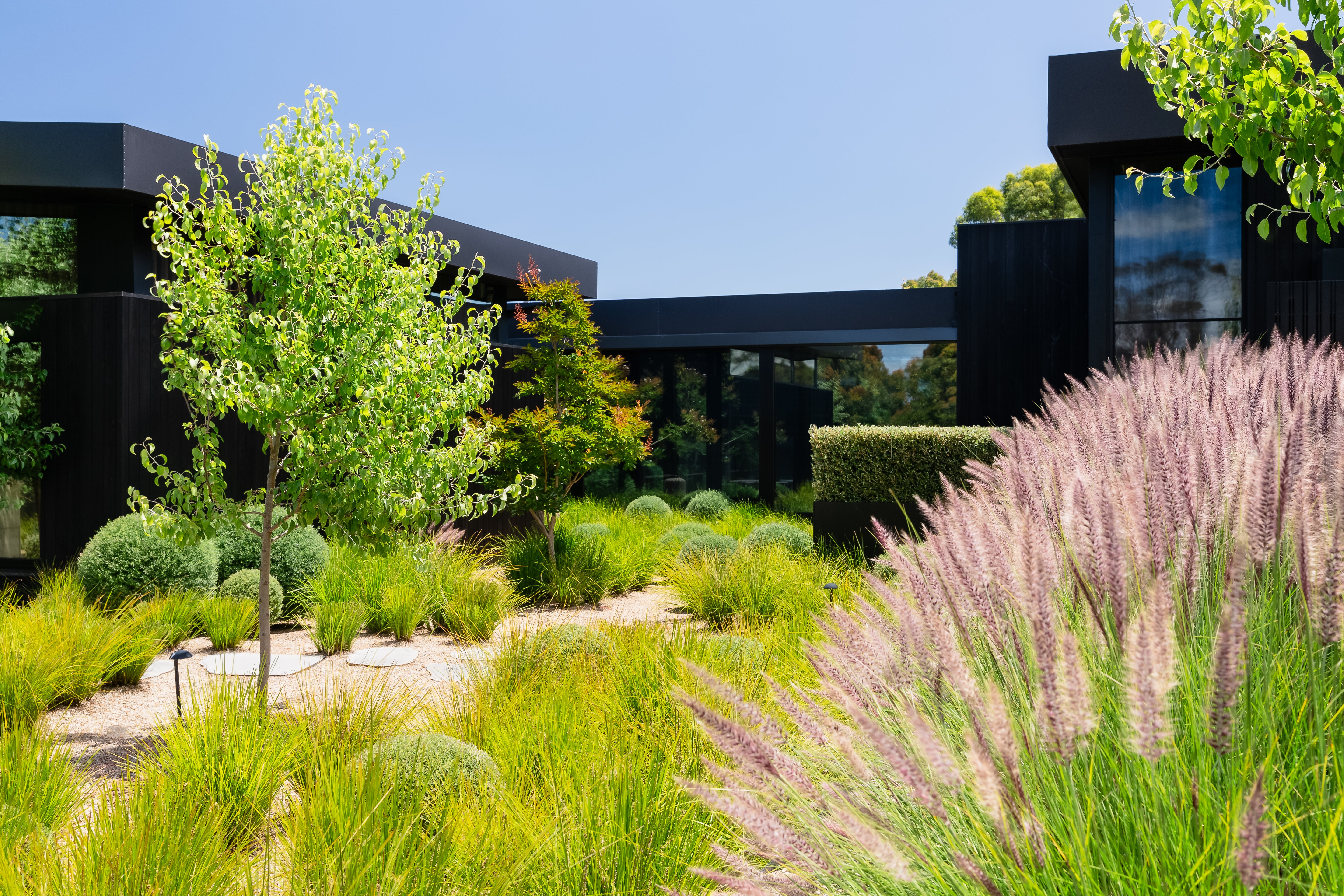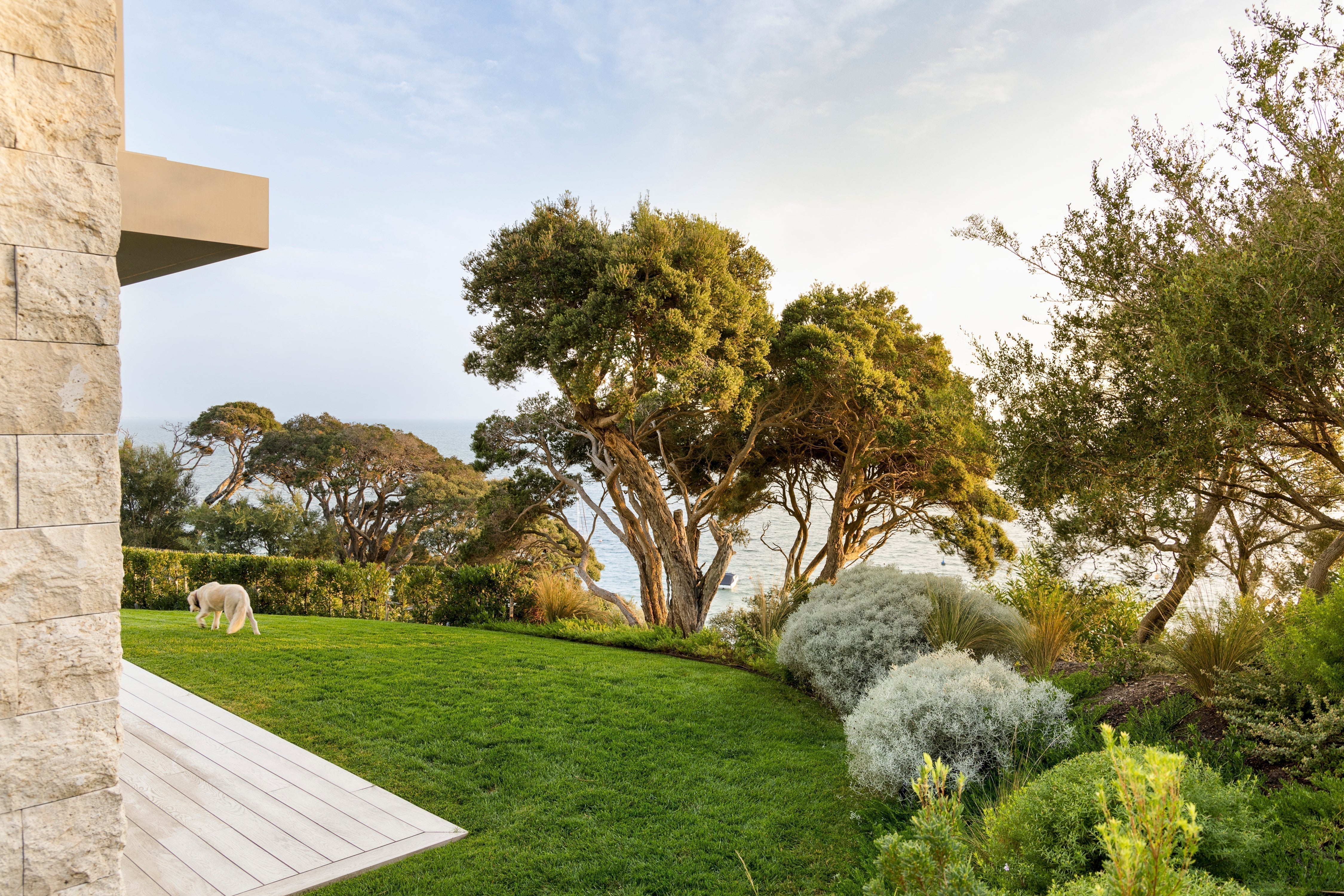
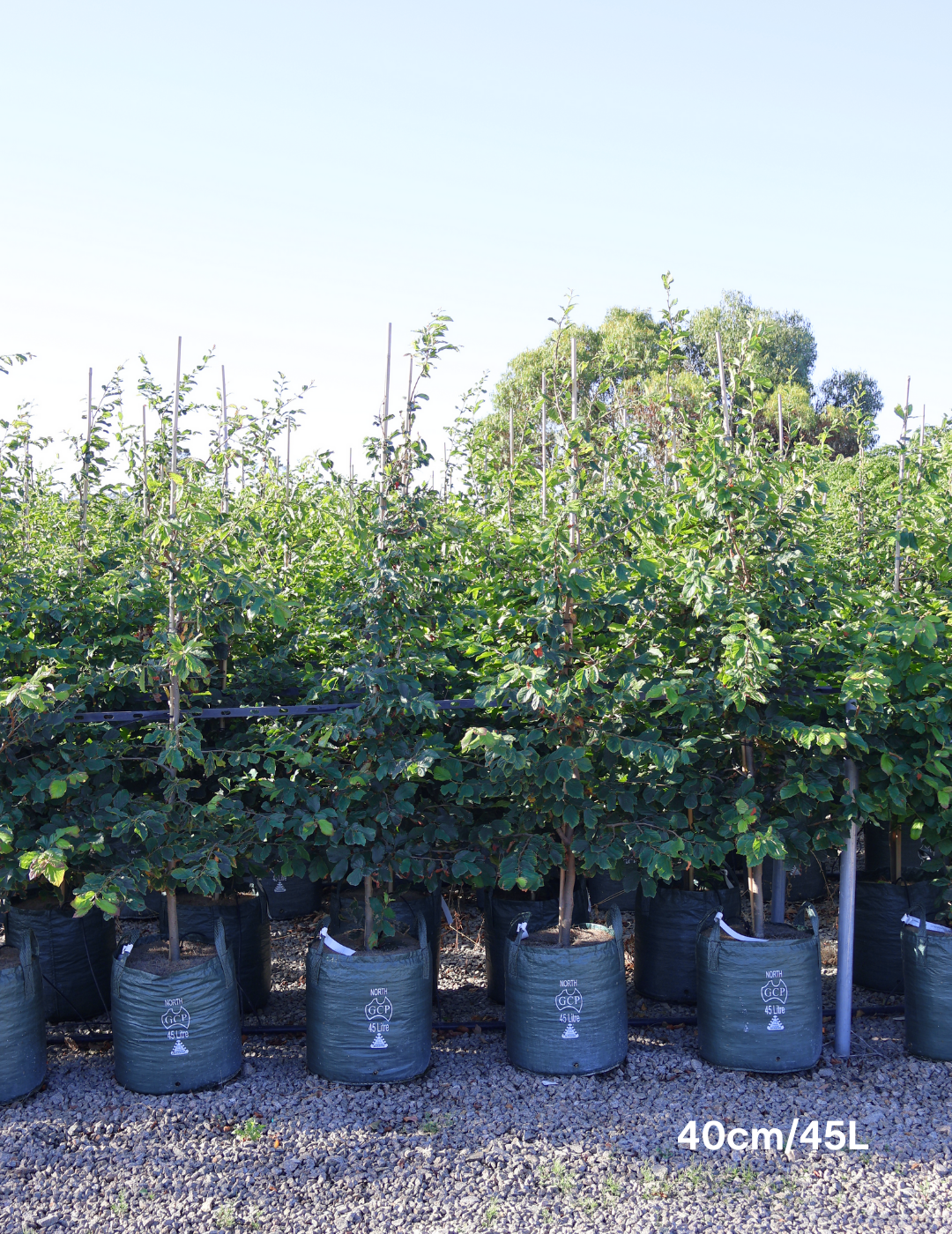
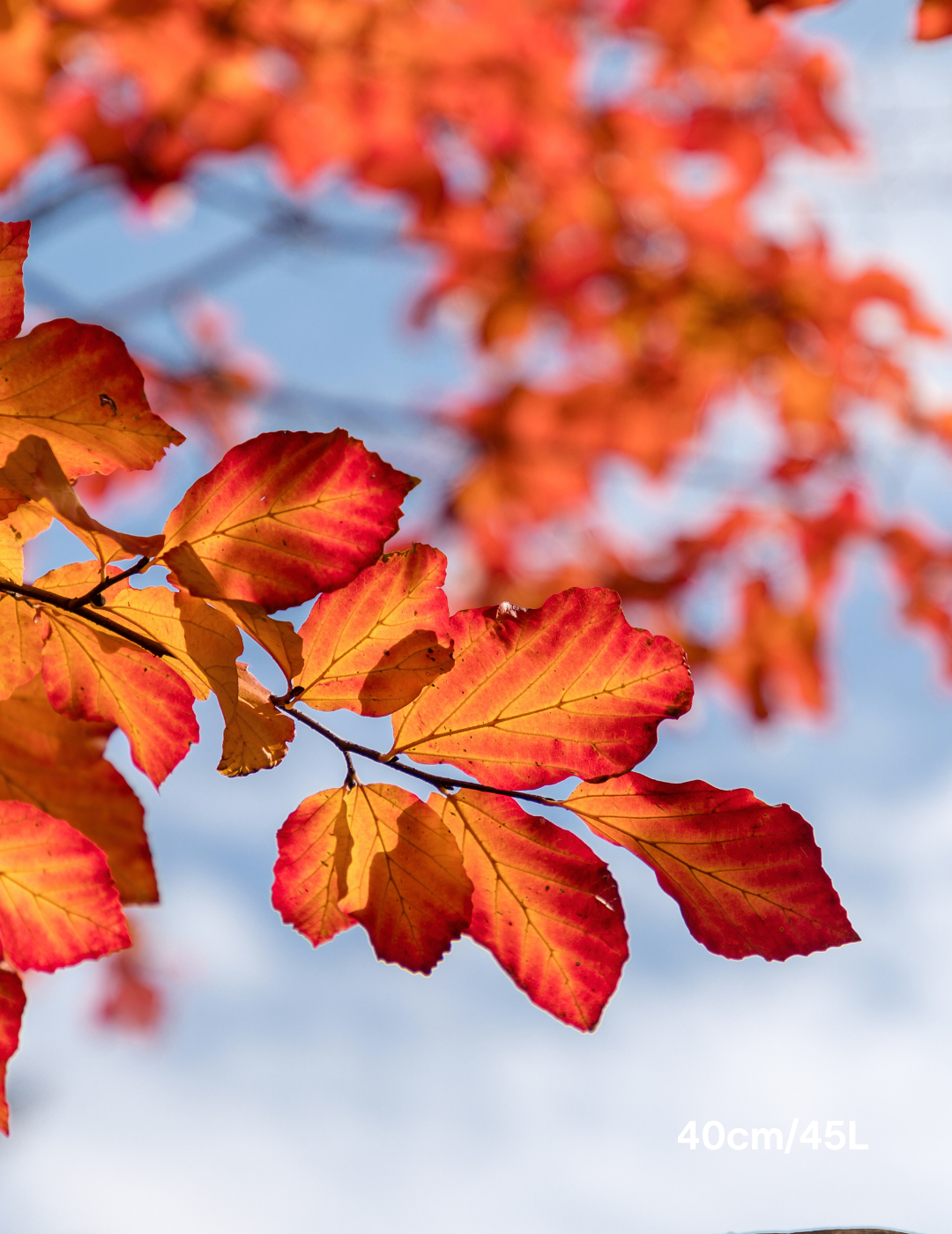
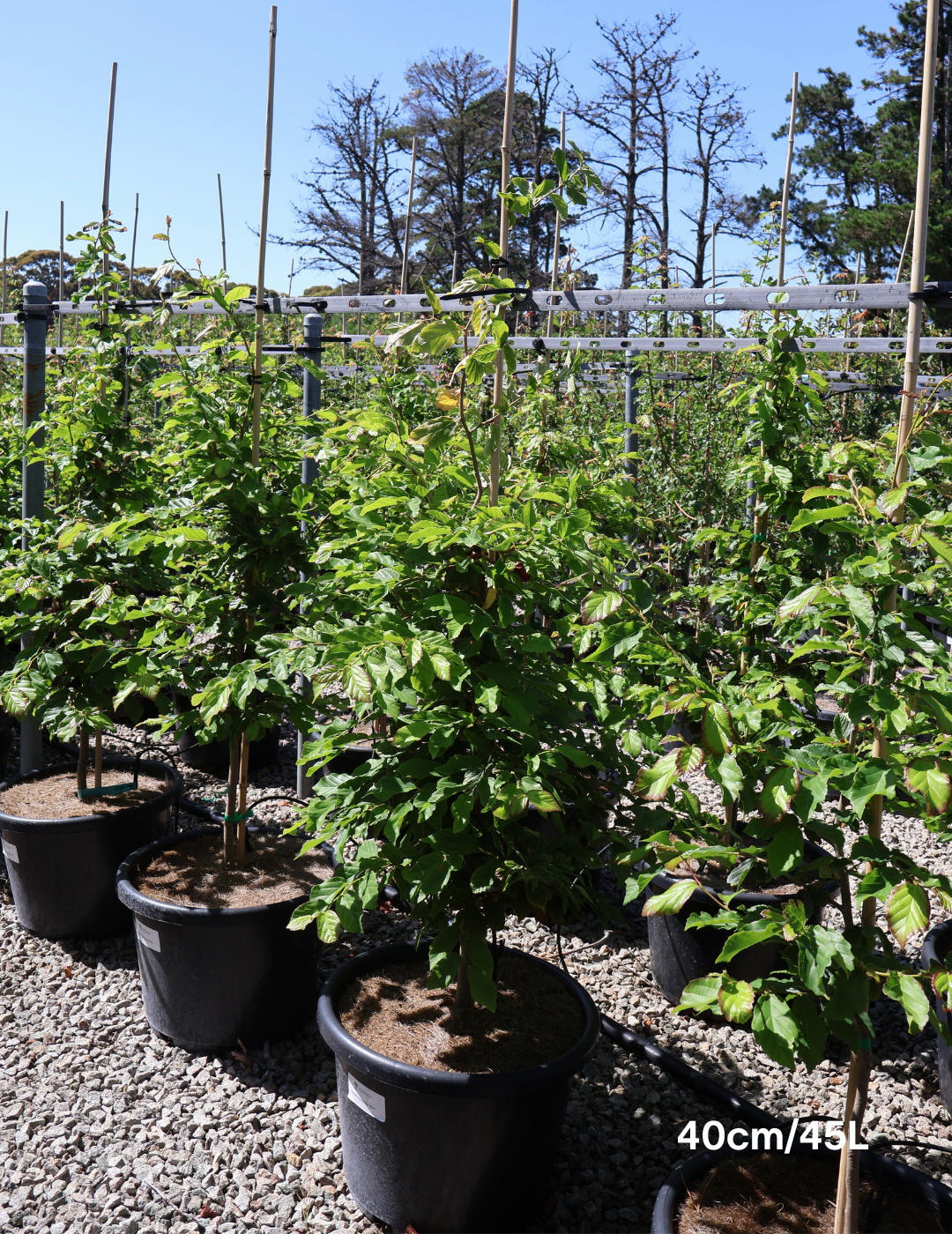
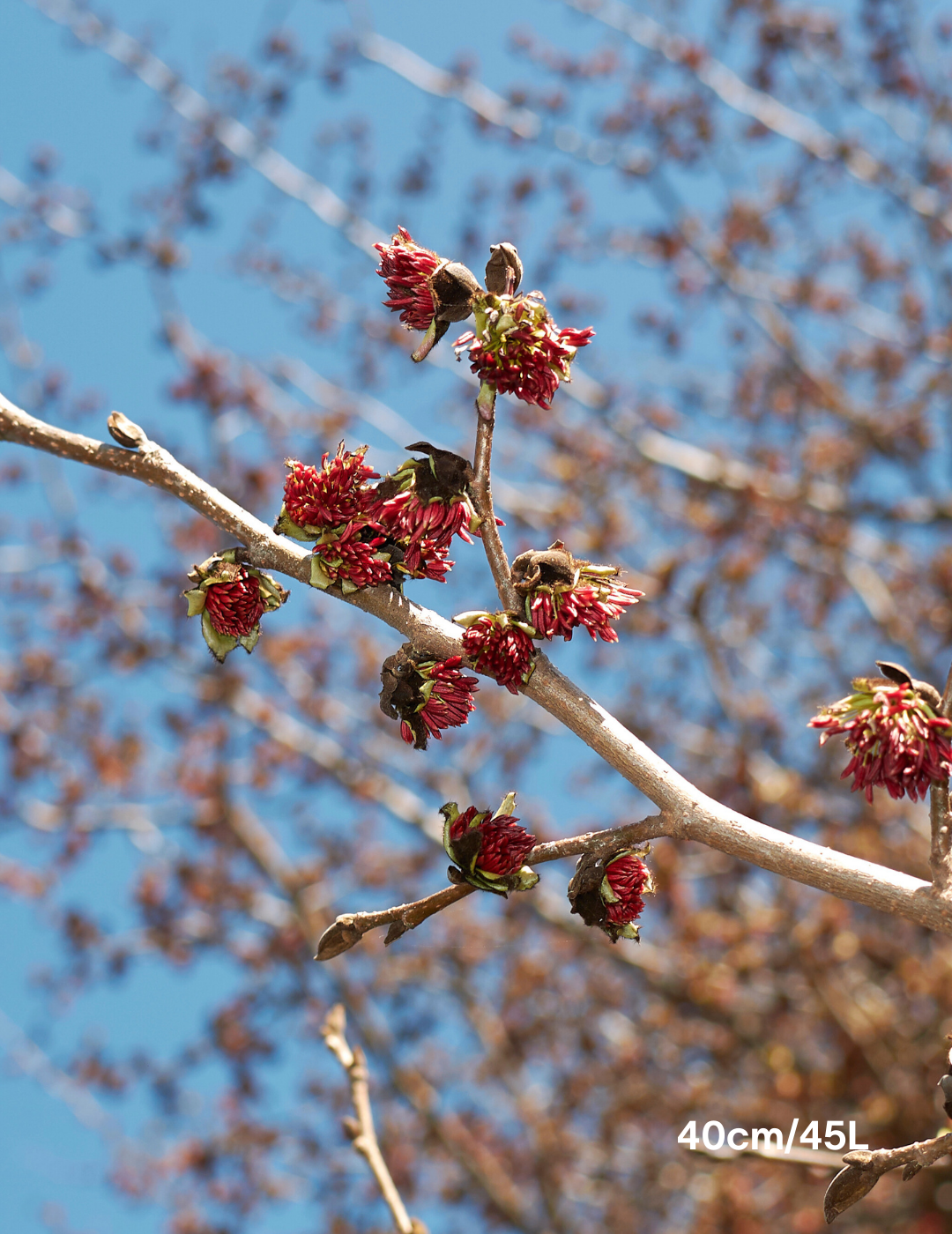
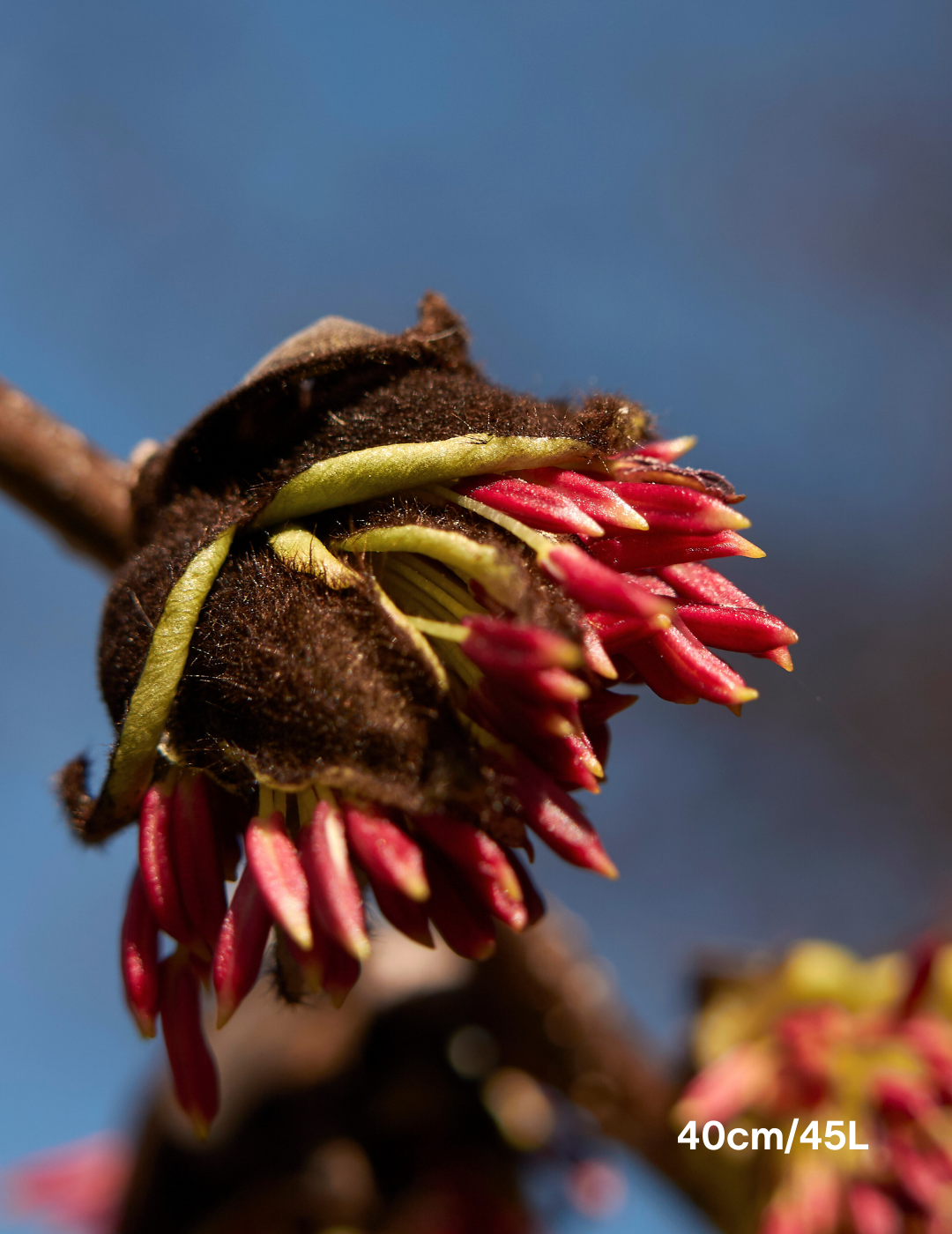
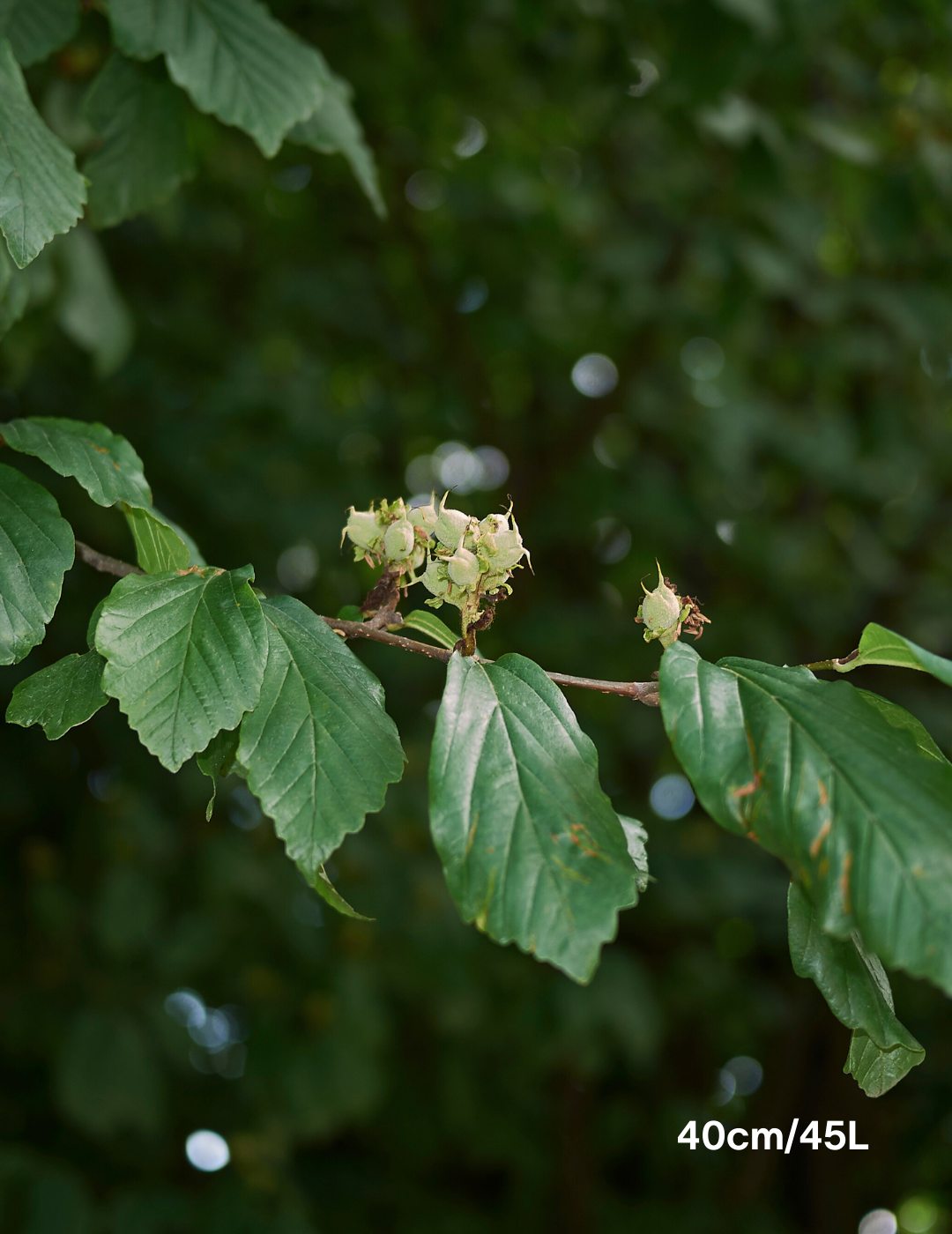
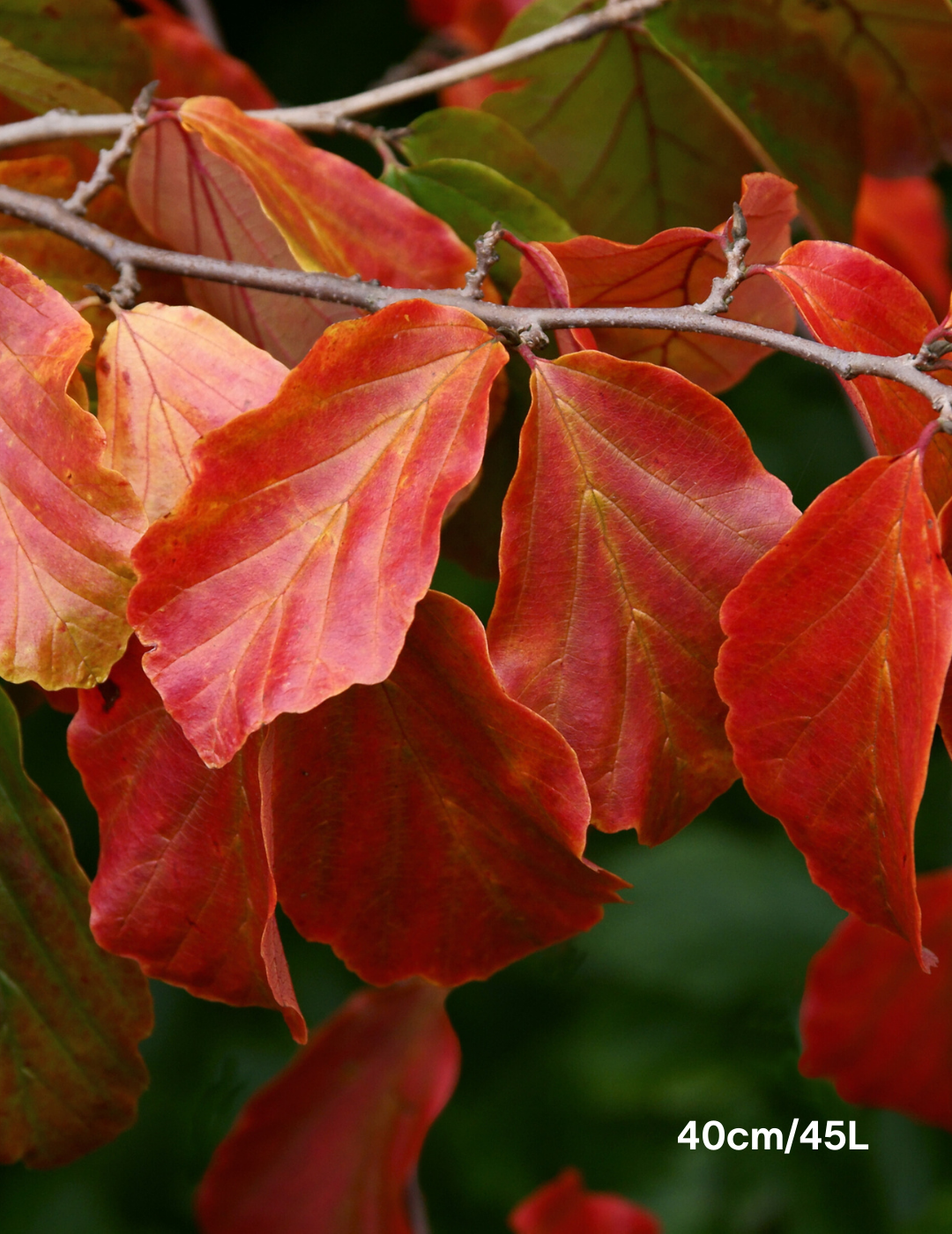
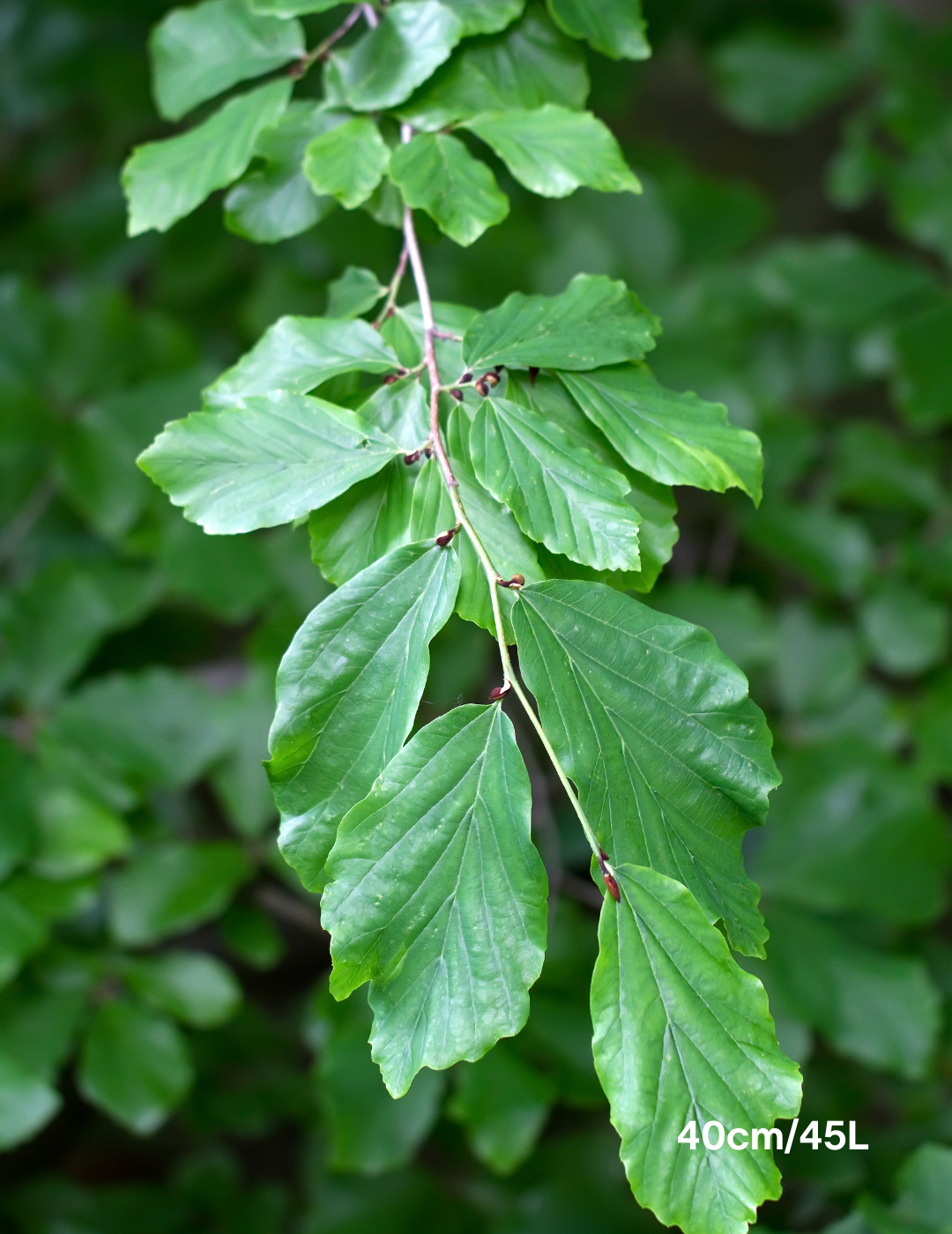
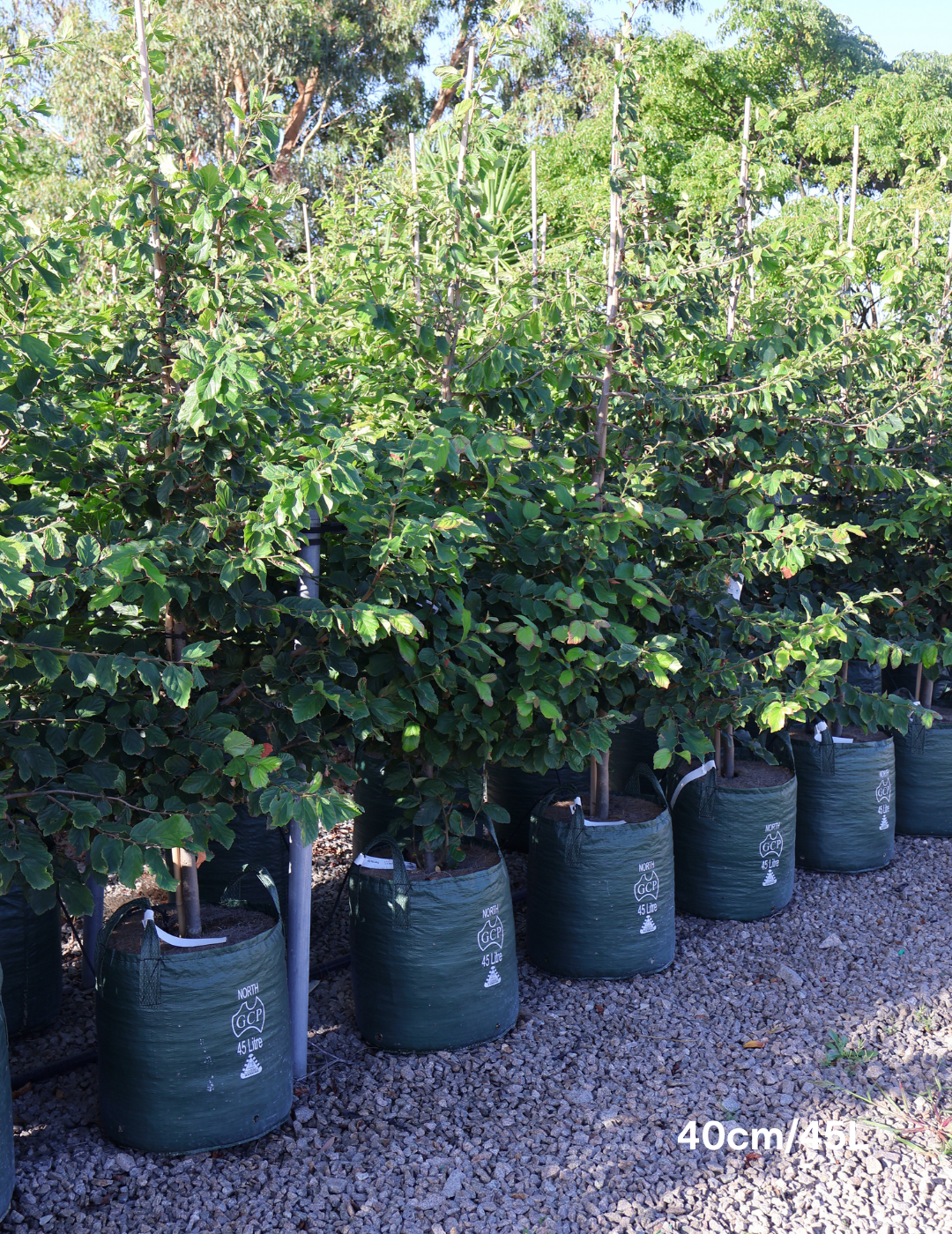
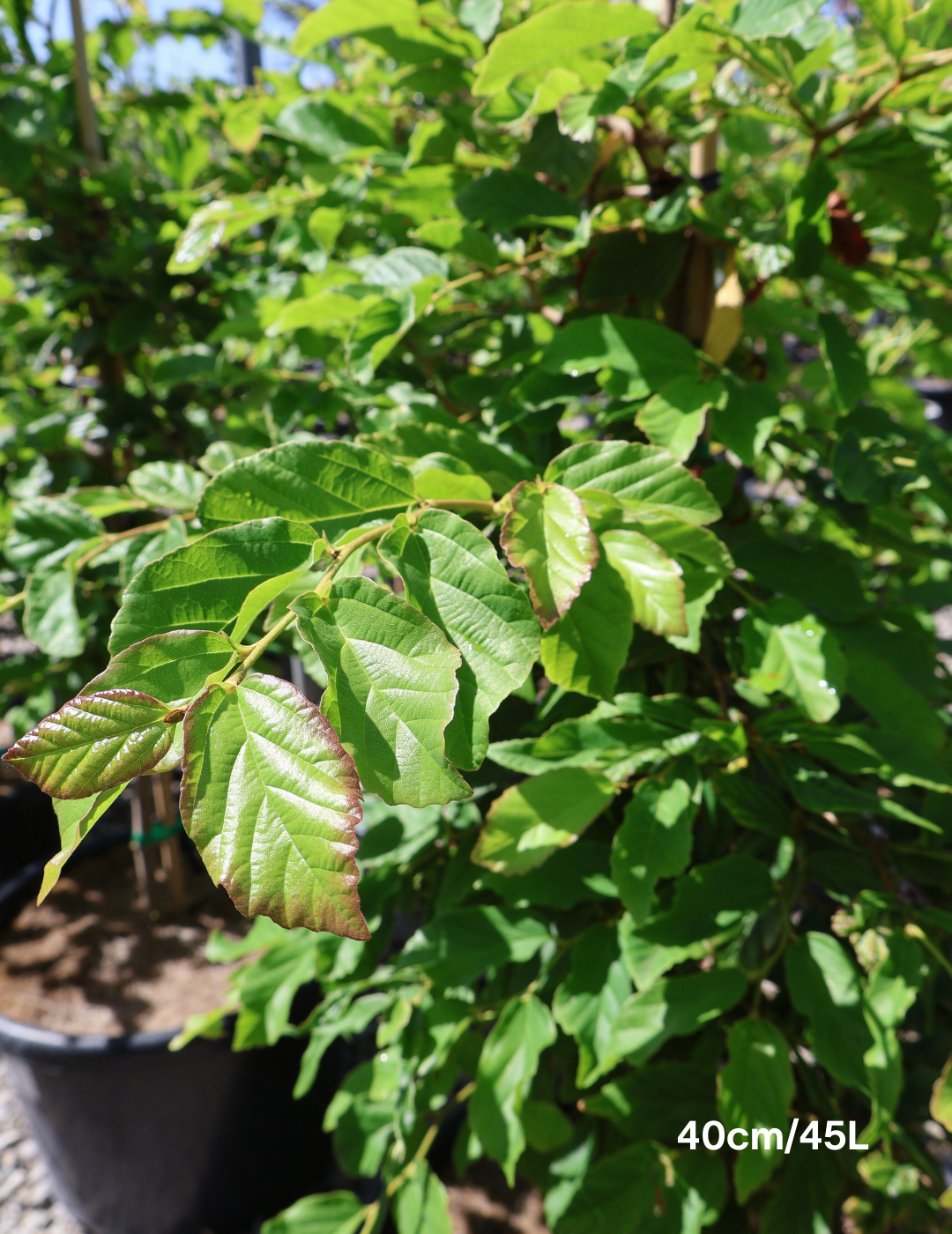
Parrotia Perscia
- Regular price
- $555.00
- Sale price
- $555.00
- Regular price
-
Learn About Your New Parrotia Perscia
Parrotia persica, commonly known as Persian Ironwood, is a remarkable deciduous tree renowned for its year-round ornamental features, including its distinctive exfoliating bark, vibrant fall foliage, and delicate winter flowers. This tree belongs to the Hamamelidaceae family and is prized for its unique qualities, making it a sought-after choice for gardens, parks, and landscapes.
Common Name: Persian IronwoodMature Height (meters): Typically grows to a height of 6-10 meters, forming an upright and well-branched canopy.
Mature Width (meters): Spreads to approximately 4-8 meters, creating a broad and picturesque crown.
Spacing: Plant with ample spacing to allow for the tree's mature size and to showcase its distinctive form and features.
Leaves: The leaves of Parrotia persica are ovate and green during the growing season, providing a lush backdrop to its other ornamental qualities.
Bark: The bark of this tree is a true highlight, with its smooth, gray bark that exfoliates to reveal patches of cream, green, and brown underneath. This ornamental bark adds year-round interest and uniqueness.
Flowers: In late winter to early spring, Persian Ironwood produces small, crimson flowers with bright yellow stamens, adding delicate beauty to the tree during the dormant season.
Fall Foliage: In the fall, the leaves of Parrotia persica turn a stunning array of colors, including shades of orange, red, and purple, creating a vibrant and picturesque display.
Form/Habit: Persian Ironwood has a naturally upright and well-structured growth habit, making it an excellent choice for gardens, parks, and as a focal point in landscapes.
Uses: Ideal as a specimen tree in gardens and landscapes, where its distinctive bark, vibrant fall foliage, and delicate winter flowers can be showcased. It is also suitable for urban environments due to its manageable size and ornamental qualities.
Sun: Thrives in full sun to partial shade, with the best fall foliage coloration occurring in full sun.
Maintenance: Low maintenance; minimal pruning is required to maintain its natural form, and dead or diseased branches can be removed as needed.
Water Requirement: While it prefers consistent moisture, it can tolerate some drought once established, making it a hardy and adaptable choice.
Need Assistance For Your Next Project?Let Us Help.
Evergreen Trees Direct is Australia's unrivaled supplier of the highest quality advanced tree stock. Our extensive supplier network allows us to provide a one-stop shop for all your landscaping needs, no matter how big or small the project. We pride ourselves on exceptional service, ensuring a seamless experience from selection to delivery. Trust us to bring your landscaping vision to life with the perfect trees for any outdoor space. With our unrivaled selection and commitment to service, Evergreen Trees Direct is the top choice for landscapers, property developers, and garden enthusiasts alike.
-
 A layered, resilient coastal garden designed to withstand harsh salt winds and seasonal extremes. This Mornington Peninsula property features a cur...
A layered, resilient coastal garden designed to withstand harsh salt winds and seasonal extremes. This Mornington Peninsula property features a cur... -
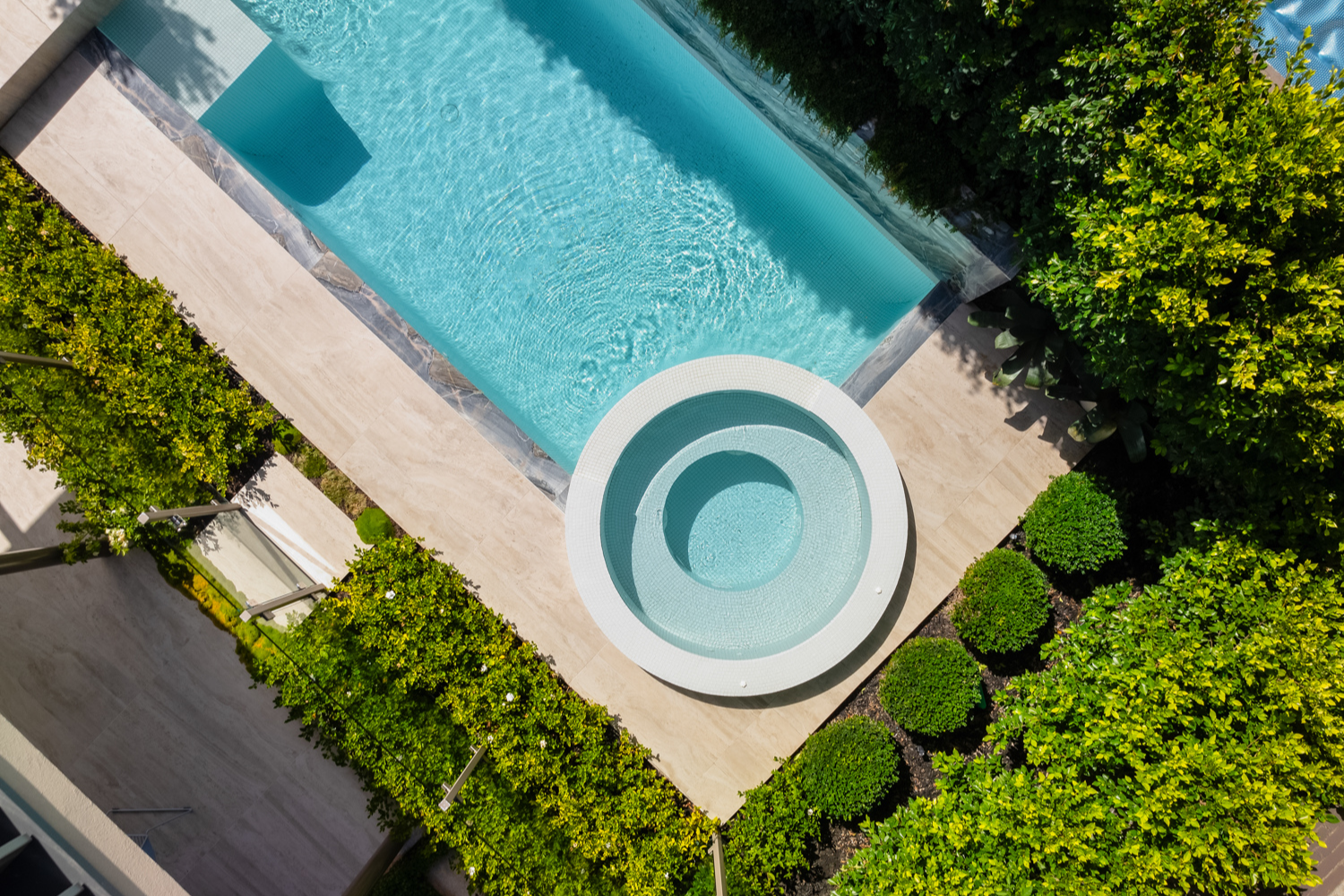
Brighton Project
Presenting our recent project in Brighton, Victoria, landscaped by Jack Merlo Landscape & Design. This modern landscape features a variety of h... -
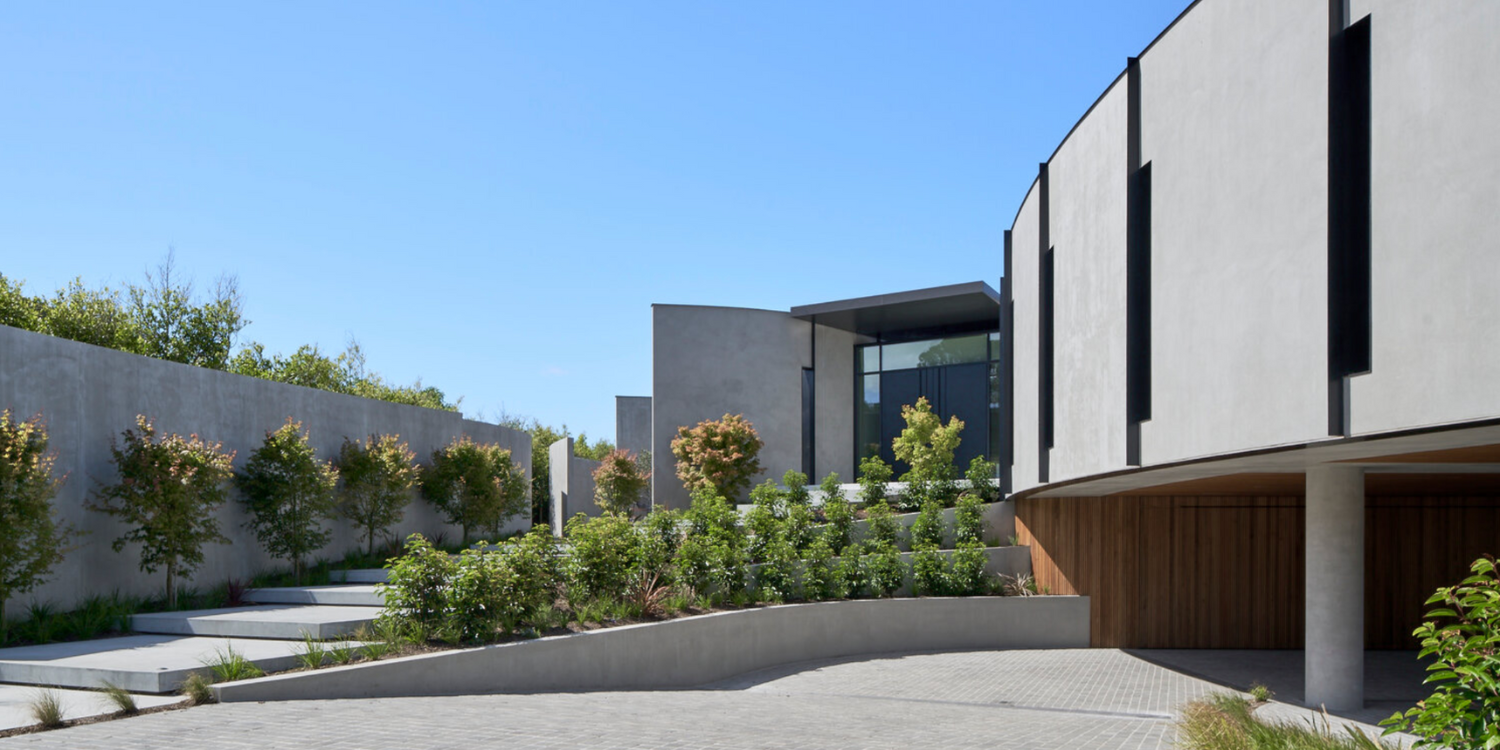
Horizon House, Flinders
Horizon House in Flinders blends nature with bold architectural design, using natural elements to enhance its modern aesthetic.Acer Palmatum (Japan...


